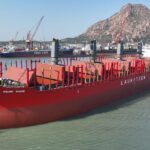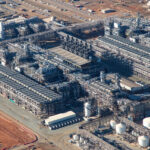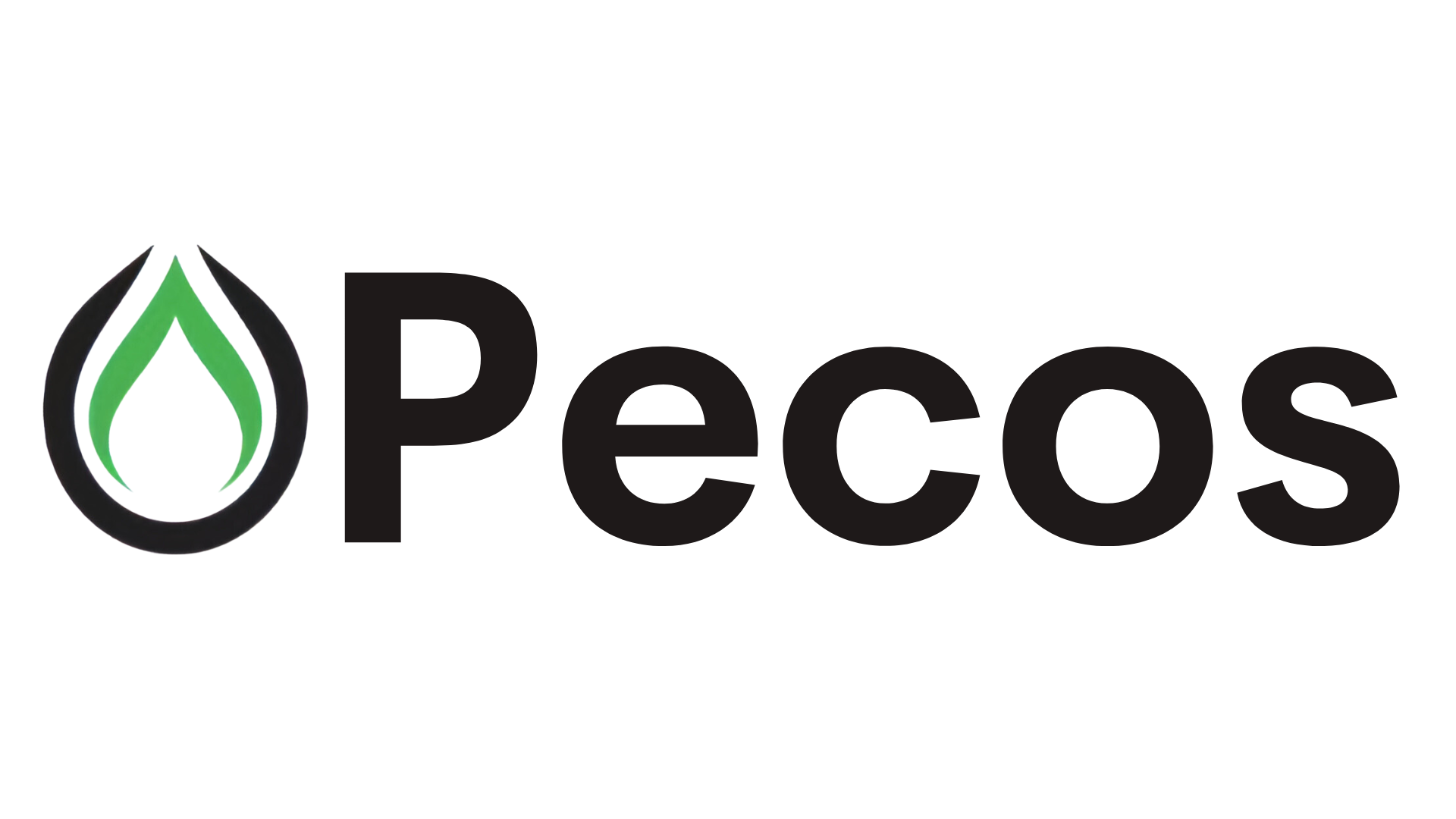Energy News Beat
-
Natural Gas: 38% (~41.4 TWh). The dominant source, though its share is decreasing as renewables grow.
-
Wind: 24% (~26.2 TWh). Offshore wind (3.978 GW, ~15.7 TWh) accounted for ~60% of wind generation, with onshore wind making up the rest.
-
Solar: 17–18% (~18.5–19.6 TWh). Driven by ~19 GW of installed capacity, with significant growth in 2022–2023.
-
Coal: 7–14% (~7.6–15.3 TWh). Varies by source; declining due to phase-out policies.
-
Bioenergy: 6–8% (~6.5–8.7 TWh). Includes biomass and waste incineration, with a slight decline.
-
Nuclear: 3% (~3.3 TWh). Stable but minimal contribution from Borssele.
-
Other (e.g., Hydropower): <0.1% (~0.06 TWh). Negligible due to geographic constraints.
-
Total Installed Capacity: By the end of 2023, the Netherlands had approximately 3,978 MW (3.978 GW) of offshore wind energy capacity. This represents a 55% increase from 2022, when the capacity was 2,570 MW.
-
Electricity Contribution: In 2023, this capacity contributed to approximately 16% of the Netherlands’ total electricity demand, with offshore wind farms playing a critical role in the country’s renewable energy mix.
-
Key Projects in 2023:
-
Hollandse Kust Zuid: A 1.5 GW wind farm, the world’s largest subsidy-free offshore wind farm, became operational.
-
Hollandse Kust Noord (Site V): A 700 MW wind farm, completed by the CrossWind consortium, helped surpass the 2013 Energy Agreement target of 4.5 GW by 2023, reaching 4.7 GW.
-
-
Early Development:
-
The first offshore wind farm, Egmond aan Zee (108 MW), was operational in 2006, followed by Prinses Amalia (120 MW) in 2008, Luchterduinen (129 MW) in 2015, Gemini (600 MW) in 2016, and Borssele (752 MW) in 2020.
-
In 2013, the capacity was only 288 MW, growing to nearly 4 GW by 2023, a significant leap over a decade.
-
-
Missed Targets: The 2013 Dutch Energy Agreement set a target of 4,450 MW by 2023, which was slightly missed at 3,978 MW, though operational capacity reached 4.7 GW with projects finalized late in 2023.
-
2032 Target:
-
The Netherlands aims to achieve 21 GW of offshore wind capacity by the end of 2032, postponed from the original 2030 target due to grid connection challenges and supply chain constraints.
-
This capacity is expected to supply approximately 75% of the Netherlands’ current electricity consumption, equivalent to 16% of total energy needs, supporting decarbonization efforts like green hydrogen production and industrial electrification.
-
Key projects include:
-
IJmuiden Ver Wind Farm Zone: 4 GW across four sites, with tenders starting in 2023 and operational dates expected in .Concurrent Activity: I am continuing to process the web and X post data to ensure all relevant information is included, particularly regarding long-term projections and physical potential. If you need immediate additional details or have specific follow-up questions, please let me know! 2029–2030.
-
Hollandse Kust West (Sites VI and VII): 1.4 GW, under construction, expected to be operational by 2026–2027.
-
Nederwiek, Lagelander, and Doordewind: New zones designated in 2022, adding 10.7 GW by 2032.
-
-
-
Long-Term Goals:
-
By 2040, the Netherlands plans to reach 50 GW of offshore wind capacity.
-
By 2050, the target is 70–72 GW, potentially producing 2.5 times the country’s current electricity consumption, with surplus energy used for green hydrogen production.
-
-
Physical Potential:
-
A 2022 study estimated the Dutch Exclusive Economic Zone (EEZ) in the North Sea could sustainably host 59 GW of offshore wind capacity in readily available space, or up to 99 GW if co-use areas (e.g., nature reserves, military zones) are included. This assumes a sustainable power density to avoid atmospheric kinetic energy depletion.
-
For the entire North Sea (including other countries’ EEZs), a sustainable capacity of 418 GW is possible, yielding 1,584 TWh/year, which could meet 40% of Europe’s projected electricity demand in 2050.
-
-
Grid Congestion: The Dutch grid, managed by TenneT, faces challenges in accommodating large-scale offshore wind integration, particularly with 2 GW connections, contributing to the 2032 target delay.
-
Supply Chain: Limited vessel capacities and supply chain bottlenecks pose risks to meeting ambitious targets.
-
Subsidies and Economics: While projects like Hollandse Kust Zuid are subsidy-free, recent cancellations of subsidy-free auctions indicate potential profitability concerns without government support.
-
Environmental and Spatial Constraints: Competing interests (e.g., shipping, fishing, nature conservation) limit available space, with 30% of the Dutch EEZ reserved for shipping routes.
-
Current (2023): With 3.978 GW and a typical offshore wind capacity factor of 45%, annual generation is approximately 15.7 TWh (3,978 MW × 8,760 hours × 0.45).
-
2032 Projection: At 21 GW with a 45% capacity factor, annual generation could reach 82.8 TWh, covering 75% of current electricity demand (estimated at ~110–120 TWh).
-
2050 Projection: At 70 GW, generation could reach 276 TWh/year, significantly exceeding national demand and supporting regional energy exports or hydrogen production.
Update
The Dutch government has decided to delay tenders for two offshore wind farms over deteriorating market conditions for offshore wind energy projects.
The tenders for IJmuiden Ver Gamma-A and Gamma-B offshore wind sites were originally planned for September. The two wind farms have a capacity of 1GW each.
The government stated that the removal of the two areas was also partly due to a lack of large-scale demand for electricity. According to the Dutch authorities, the two sites were not removed completely but will rather be tendered at a later date.
Instead, the government opted to open a tender in October for just one location in the North Sea – Nederwiek I-A – with a capacity of 1GW. However, the size was reduced from 2GW.
The Dutch Climate Ministry claimed earlier this year that interest in the three sites was very low since developers like Eneco and Ørsted stated that they would not apply to the tender without subsidies.
Due to this, the Netherlands claimed it was looking into ways to reintroduce subsidies in its tenders for offshore wind farms, which would attract more potential bidders.
The Dutch government said in a statement that it was working on an action plan for offshore wind energy that can improve the investment climate for offshore wind.
For the period from 2027 onwards, financial support instruments will also be considered, such as a minimum and maximum price guarantee.
The post Netherlands nixes offshore wind farm tenders over bad market conditions appeared first on Energy News Beat.









